Syukuro Manabe
Biographical
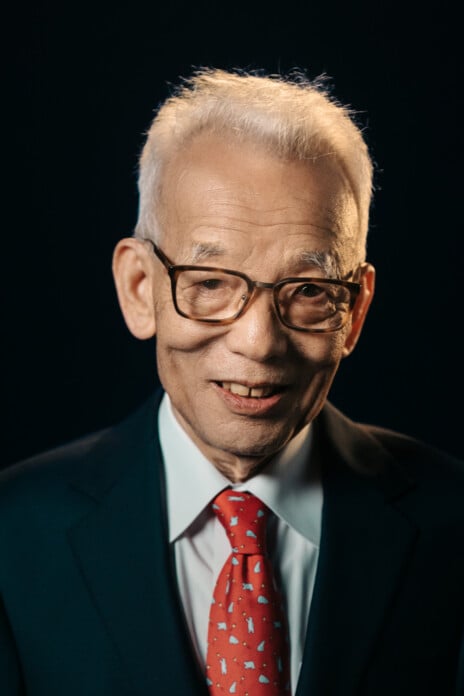
Syukuro (Suki) Manabe (真鍋 淑郎)
S uki Manabe was born 21 September 1931. He is a Japanese-educated American meteorologist and climatologist who pioneered the use of computers to simulate global climate change and natural climate variations.
Suki was born in Shingu Village, Uma District, Ehime Prefecture, Japan. He enjoyed his childhood growing up in the Shikoku mountains where there were many beautiful cedar and cypress trees. As a young boy, he learned to fish for ayu (sweetfish) and amego (Japanese river trout) in the Dozan River.
Both his grandfather and his father were physicians, who operated the only clinic in the village. They traveled on horseback in the mountains caring for patients. Suki looked forward to dinners after his dad went hunting for rabbits and pheasants. Suki’s mom was very busy managing the financial matters for their clinic which was very challenging because many people in the village could not afford medical care. Because many people brought maple trees and other plants to pay the clinic for care, Suki’s family had a beautiful Japanese garden in front of their house.
A classmate recalled that, even in elementary school, he was already “interested in the weather, making comments such as ‘If Japan didn’t have typhoons, we wouldn’t have so much rain.’” Manabe attended Ehime Prefectural Mishima High School. When he was accepted into the University of Tokyo, his family expected him to study medicine, but he often complained that “whenever there’s an emergency, the blood rushes to my head, so I would not have made a good doctor.” Furthermore, “I had a horrible memory and I was clumsy with my hands. I thought that my only good trait was to gaze at the sky and get lost in my thoughts.” He joined the research team of Shigekata Shono (1911–1969) and majored in meteorology. Manabe received a BA degree in 1953, an MA degree in 1955, and a DSc degree in 1959, all from the University of Tokyo.

After finishing his doctorate in 1959, Manabe went to the United States to work at the General Circulation Research Section of the U.S. Weather Bureau, now the Geophysical Fluid Dynamics Laboratory of the National Oceanographic and Atmospheric Administration, where he continued to work until 1997. From 1997 to 2001, he worked at the Frontier Research System for Global Change in Japan, serving as Director of the Global Warming Research Division. In 2002 he returned to the United States as a visiting research collaborator at the Program in Atmospheric and Oceanic Science at Princeton University. He currently serves as senior meteorologist at the university. He also engaged as a specially invited professor at Nagoya University from December 2007 to March 2014.
Family and personal life
In the fall of 1960, Dr. Manabe met Nobuko (“Noko”) Nakamura in Tokyo, Japan. Suki and Noko were married in January of 1962. The couple had two children, Nagisa in September of 1963 and Yukari in June of 1965. Both girls attended Princeton Regional Schools and Yale University. Nagisa worked at Morgan Stanley and then went to Harvard Business School. Yukari went directly to Columbia Medical School. Both girls completed graduate school in 1991. Today, Nagisa owns and operates a certified organic farm in Princeton, New Jersey (River Stoan Farm) and is the Executive Director of the Northeast Organic Farming Association of New Jersey. Nagisa is married to Oscar Schofield, a distinguished professor at Rutgers University and Department Chair of Marine Sciences. Nagisa and Oscar have three children: Samantha, Allegra and Tobias. Yukari is a professor of medicine and the Associate Director of Global Health Research and Innovation at Johns Hopkins. Yukari is married to Dr. James Daniel Campbell, a Professor of Pediatrics in the Division of Infectious Diseases at the University of Maryland School of Medicine since 2001 in the Center for Vaccine Development. Yukari and James have five children: Catherine,Thomas, Matthew, John, and James.
After the girls left for college, Noko dedicated much of her time to the study of Japanese tea ceremony. She is the Philadelphia Special District Representative of the Executive Committee for the Omotesenke Domonkai Eastern Region USA. Omotesenke Domonkai is the association of the practitioners of chanoyu following the traditions of Omotesenke Fushin-an and was established with the objective of promoting it. Noko continues to study and teach tea ceremony in the Princeton area.
Scientific accomplishments
Working at NOAA’s GFDL first in Washington, DC and later in Princeton, New Jersey, Manabe worked with the inaugural director of GFDL, Joseph Smagorinsky, to develop three-dimensional models of the atmosphere. As the first step, Manabe and Wetherald (1967) developed a one-dimensional, single-column model of the atmosphere in radiative-convective equilibrium with a positive feedback effect of water vapor. Using the model, they found that, in response to the change in atmospheric concentration of carbon dioxide, the temperature increases at the Earth’s surface and in the troposphere, whereas it decreases in the stratosphere. The development of the radiative-convective model was a critically important step towards the development of a comprehensive general circulation model of the atmosphere (Manabe et al., 1965). They used the model to simulate for the first time the three-dimensional response of temperature and the hydrologic cycle to increased carbon dioxide (Manabe and Wetherald, 1975). In 1969 Manabe and Bryan published the first simulations of the climate by coupled ocean-atmosphere models, in which the general circulation model of the atmosphere is combined with that of the ocean.
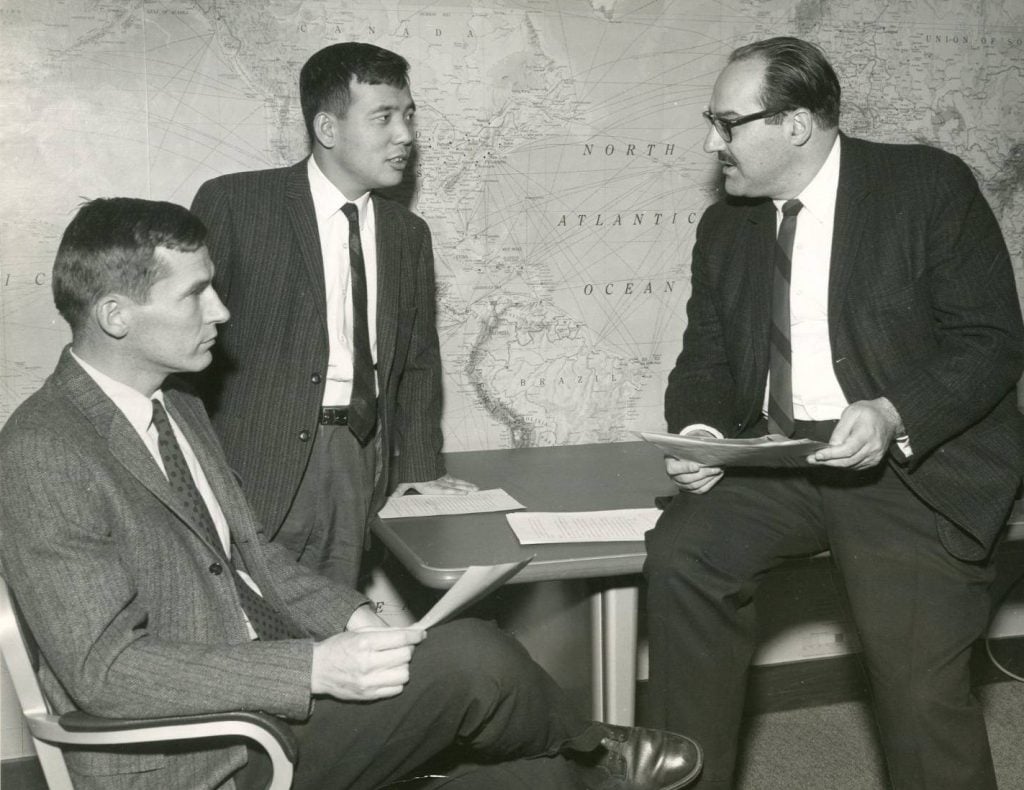
Throughout the 1990s and early 2000s, Manabe’s research group published seminal papers using the coupled atmosphere-ocean models to investigate the time-dependent response of climate to changing greenhouse gas concentrations in the atmosphere (Stouffer et al., 1989; Manabe et al., 1991 & 1992).
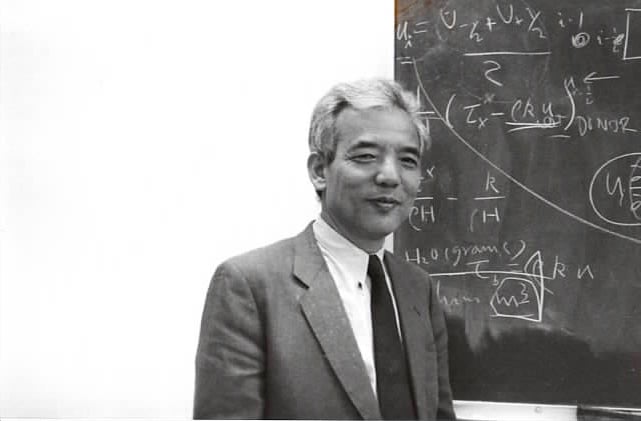
They also applied the model to the study of past climate change, including the role of freshwater input to the North Atlantic Ocean as a potential cause of the so-called abrupt climate change evident in the paleoclimatic record (Manabe and Stouffer, 1995 & 2000).
His scientific journey is described in the book Beyond Global Warming written by Manabe and Broccoli and published by Princeton University Press in 2020.
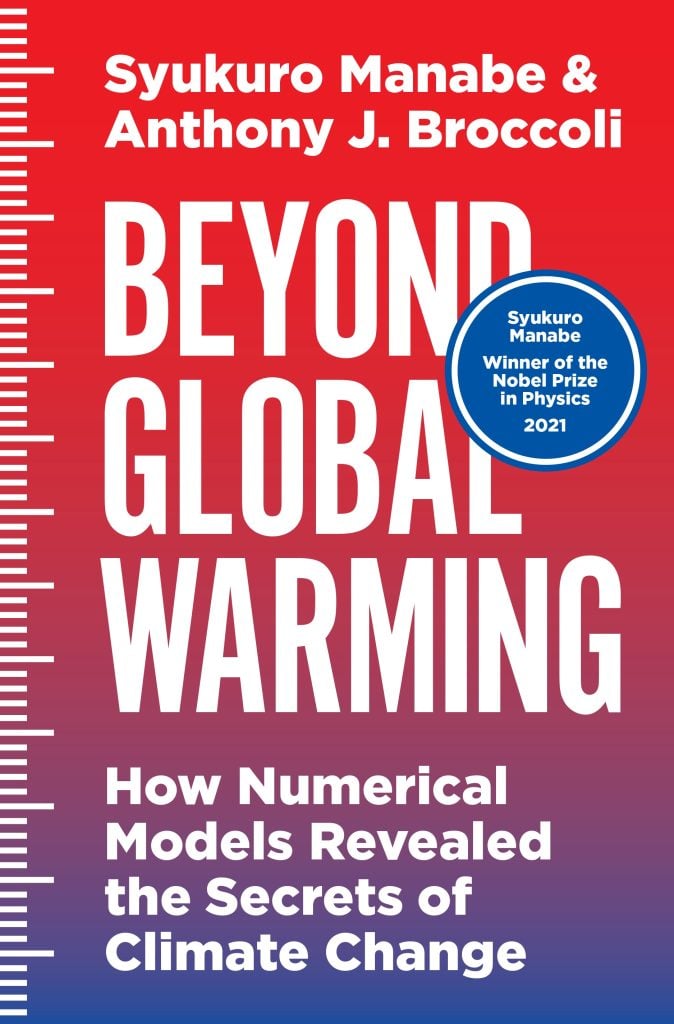
Awards and honors
Manabe is a member of the United States National Academy of Science and a foreign member of the Japan Academy, the Academia Europea and the Royal Society of Canada.
In 1992, Manabe was the first recipient of the Blue Planet Prize of the Asahi Glass Foundation. In 1995, he received the Asahi Prize from Asahi News-Cultural Foundation. In 1997 Manabe was awarded the Volvo Environmental Prize from the Volvo Foundation. In 2015 he was awarded the Benjamin Franklin Medal of Franklin Institute.
Manabe has also been honored with the American Meteorological Society’s Carl-Gustaf Rossby Research Medal, the Second Half Century Award, and the Meisinger Award. In addition, he received the American Geophysical Union’s William Bowie Medal and Revelle Medal, and in 1998 he received the Milutin Milankovic Medal from the European Geophysical Society.
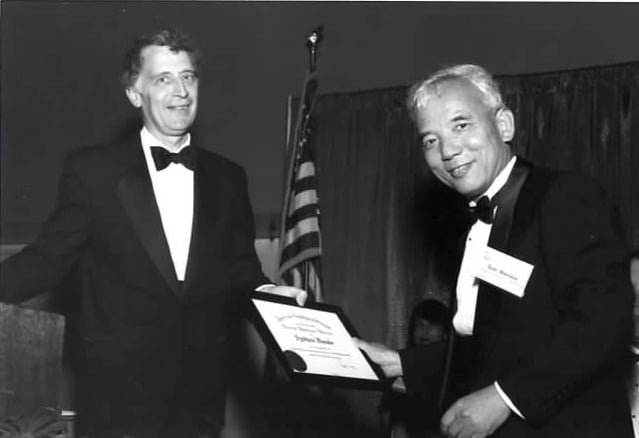
Manabe and Bryan’s work in the development of the first global climate model has been selected as one of the Top Ten Breakthroughs to have occurred in NOAA’s first 200 years. In honor of his retirement from NOAA’s GFDL, a three-day scientific meeting was held in Princeton, New Jersey in March 1998. It was titled “Understanding Climate Change: A Symposium in Honor of Syukuro Manabe”. The 2005 annual meeting of the American Meteorological Society included a special Suki Manabe Symposium.
Jointly, Manabe and climatologist James Hansen received the BBVA Foundation Frontiers of Knowledge Award in the Climate Change category in the ninth edition (2016) of the awards. The two were separately responsible for constructing the first computational models with the power to simulate climate behavior. Decades ago, they correctly predicted how much Earth’s temperature would rise due to increasing atmospheric CO2. The scores of models currently in use to chart climate evolution are heirs to those developed by Manabe and Hansen.
In 2018, Manabe received the Crafoord Prize in Geosciences jointly with Susan Solomon “for fundamental contributions to understanding the role of atmospheric trace gases in Earth’s climate system”.
In 2021, he was awarded half of the 2021 Nobel Prize in Physics, jointly with Klaus Hasselmann, for his contributions to the physical modelling of Earth’s climate, quantifying its variability, and reliably predicting global warming.
In 2021, he received the Order of Culture (文化勲章, Bunka-kunshō). It is a Japanese order, first established on February 11, 1937. The order has one class only, and may be awarded to men and women for contributions to Japan’s art, literature science, technology, or anything related to culture in general. The order is conferred by Japan on Culture Day, which is November 3 each year.
References
Manabe, Syukuro; Smagorinsky, Joseph; Strickler, Robert F. (1965). “Simulated climatology of a general circulation model with a hydrologic cycle”. Monthly Weather Review. 93 (12): 769–798.
Manabe, Syukuro; Wetherald, Richard T. (1967). “Thermal Equilibrium of the Atmosphere with a Given Distribution of Relative Humidity”. Journal of the Atmospheric Sciences. 24 (3): 241–259.
Manabe, Syukuro; Bryan, Kirk (1969). “Climate Calculations with a Combined Ocean-Atmosphere Model”. Journal of the Atmospheric Sciences. 26 (4): 786–789.
Manabe, Syukuro; Wetherald, Richard T. (1975). “The Effects of Doubling the CO2 Concentration on the Climate of a General Circulation Model”. Journal of the Atmospheric Sciences. 32 (1): 3–15.
Stouffer, R. J.; Manabe, S.; Bryan, K. (1989). “Interhemispheric asymmetry in climate response to a gradual increase of atmospheric CO2”. Nature. 342 (6250): 660–662.
Manabe, S.; Stouffer, R. J.; Spelman, M. J.; Bryan, K. (1991). “Transient Responses of a Coupled Ocean–Atmosphere Model to Gradual Changes of Atmospheric CO2. Part I. Annual Mean Response”. Journal of Climate. 4 (8): 785–818.
Manabe, S.; Spelman, M. J.; Stouffer, R. J. (1992). “Transient Responses of a Coupled Ocean-Atmosphere Model to Gradual Changes of Atmospheric CO2. Part II: Seasonal Response”. Journal of Climate. 5 (2): 105–126.
Manabe, Syukuro; Stouffer, Ronald J. (1995). “Simulation of abrupt climate change induced by freshwater input to the North Atlantic Ocean”. Nature. 378 (6553): 165–167.
Manabe, Syukuro; Stouffer, Ronald J (2000). “Study of abrupt climate change by a coupled ocean–atmosphere model” (PDF). Quaternary Science Reviews. 19 (1–5): 285–299.
Manabe, Syukuro; Broccoli, Anthony J. (2020). Beyond global warming: How numerical models revealed the secrets of climate change. Princeton: Princeton University Press.
© The Nobel Foundation 2023
Nobel Prizes and laureates
Six prizes were awarded for achievements that have conferred the greatest benefit to humankind. The 12 laureates' work and discoveries range from proteins' structures and machine learning to fighting for a world free of nuclear weapons.
See them all presented here.
